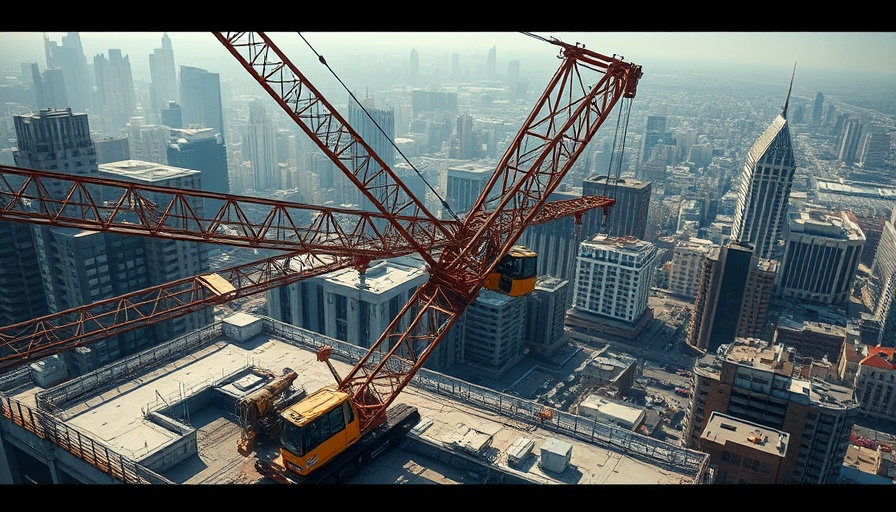
Four Years Later: A Call for Change in Construction Safety
It has been four long years since a tragic crane collapse in Kelowna took the lives of five dedicated construction workers, leaving a scar on the community that continues to ache. As family members, friends, and community members gather to remember the loss April's incident brought, their pleas have ignited urgency for stricter safety regulations in construction sites across Canada. The Kelowna district, known for its vibrant construction and development, now finds itself at a crossroads.
The Heart and Hope of Our Community
At the heart of this tragedy remains the human stories intertwined with loss. Each worker killed was a valued member of their families, and the memories shared by their loved ones breathe life into their legacies. For instance, imagine the laughter shared during family dinners or the warmth of weekend barbecues that now feel incomplete. As these families push for change, their call is not just about safety but making sure others don’t experience the same pain.
The emotional impact of this tragedy is a reminder of the stakes involved in construction work. As community members hung banners in memory of the lost lives and shared their stories on social media, it became a movement—one fueled by love and determination, ultimately symbolizing a commitment to safety and support.
Learning from the Past: The Need for Action
The union representing the workers has been vocal about the necessity for change, emphasizing educational programs in construction, ongoing safety workshops, and a robust inspection system. Tony D'Angelo, a union representative, stated, “We can’t replace the lives lost, but we can ensure that we never, ever go through this again.” His words ring true, as many point to systemic loopholes in regulations that must be addressed to protect today’s construction workers.
Additionally, insights from other similar incidents across Canada highlight the commonality of such tragedies in environments lacking rigorous safety standards. There have been calls for governments to legislate mandatory reporting and transparency surrounding safety practices. Family members urge that truly honoring the memory of their loved ones means preventing future tragedies through significant safety reforms, educating workers on hazard-awareness, and advancing technology to ensure safer job site operations.
Community Unity: Bonds Strengthened Through Adversity
In reflecting upon this heartbreaking incident, community bonds have strengthened. The pain of loss is a catalyst that has sparked discussions around not only improving construction site safety, but also supporting local workers in their endeavors. Community forums have emerged, allowing residents to voice concerns and demands to local authorities, urging them to take the necessary steps toward safer work environments.
Moreover, neighbors banding together have initiated fundraising efforts aimed at supporting the families affected. This sense of solidarity reminds everyone of the power of community—how collective action, advocacy, and support help facilitate positive change for the greater good.
Innovations on the Horizon: Technology’s Role in Construction Safety
The conversation surrounding safety innovations in construction is rapidly evolving. As technology advances, construction firms are beginning to adopt practices integrated with enhanced safety features. Wearable technology, drones for site surveillance, and software that analyzes work conditions in real-time are just a few examples of how future construction projects can prioritize safety without sacrificing efficiency.
With increased awareness and support for implementing these technologies, the hope is to see a substantial decrease in workplace accidents and ensure that the legacy of those lost lives drives the sector towards growth rather than tragedy.
Acting on Change: A Collective Responsibility
The call for action in response to the Kelowna crane collapse resonates deeply within the community. As residents, homeowners, and local stakeholders come together to advocate for necessary changes in safety regulations, they are reminded of their role not just in fighting for the welfare of those who work in construction, but also in protecting the families who depend on them.
To support this call for change, residents can participate in local community meetings, promote awareness on social media, and talk openly with friends and family about the importance of adhering to safety guidelines. Every conversation counts and brings us closer to ensuring that our workplaces are safe for all.
 Add Row
Add Row  Add
Add 




 Add Row
Add Row  Add
Add 

Write A Comment